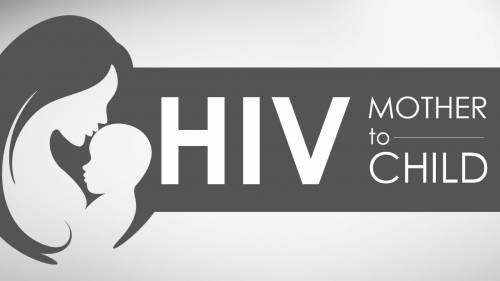
Mrs. Chinwe* from Anambra in south-Eastern Nigeria is a 30-year-old mother of three who is living with HIV: "I discovered I had HIV after my baby died. I had gone to the hospital to determine his cause of death when the doctor told me my baby had died of HIV-related causes and that I was living with HIV. I was devastated because I knew the stigma I was going to face from my husband and extended family. And just like I imagined, when I informed my husband I had HIV, he simply packed his things and left, abandoning me with three of our other children. Luckily for me, there is a clinic around that gives free antiretroviral drugs. I visit the clinic regularly to collect my drugs and that is why I am alive today."
Chinwe's story highlights the effect of mother-to-child transmission of HIV in Nigeria. The first reported case of AIDS in Nigeria was found in a 13-year-old girl in 1986. Since then, several HIV surveys of pregnant women have recorded persistently high HIV prevalence. Mother-to-child transmission accounts for over 90% of new HIV infections among children. According to a UNICEF report, only 13 per cent of pregnant women in Nigeria were tested for HIV in 2009. Even though this number has increased, many pregnant women still don't get tested in Nigeria. In September 2015, the World Health Organisation released new guidelines recommending lifelong antiretroviral treatment for all pregnant and breastfeeding women living with HIV.
Why women and girls stand a higher risk of HIV infection in Africa
According to the UNAIDS 2016 global AIDS update, in sub-Saharan Africa, harmful cultural practices such as delivery by unskilled birth attendants, poor access to education and sexual and reproductive health services and poverty are possible causes of the increased HIV risk in young women and adolescent girls. The report also states that adolescent girls and young women accounted for 25 per cent of all new HIV infections among adults in 2015, and women accounted for 56 per cent of all new HIV infections among adults.